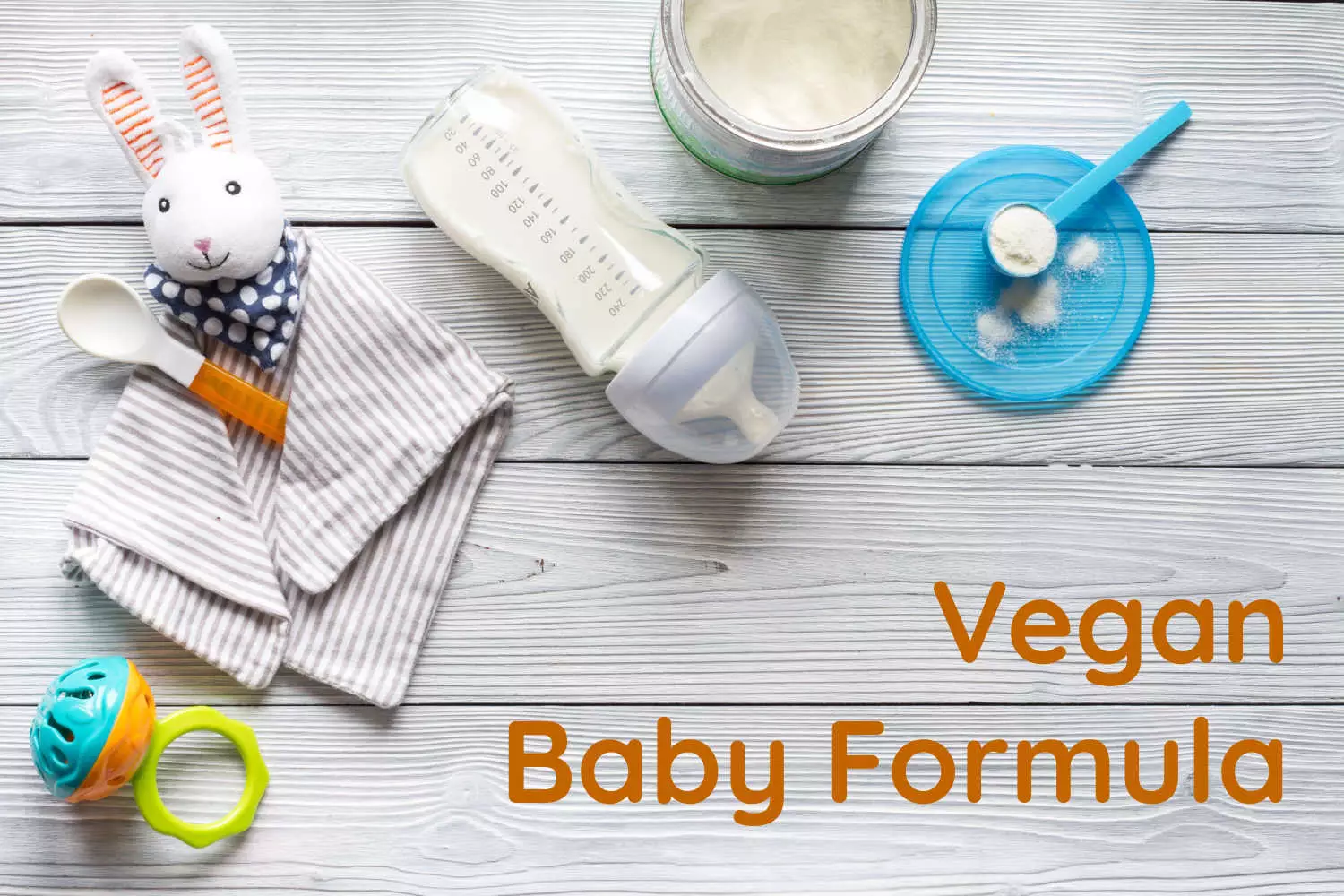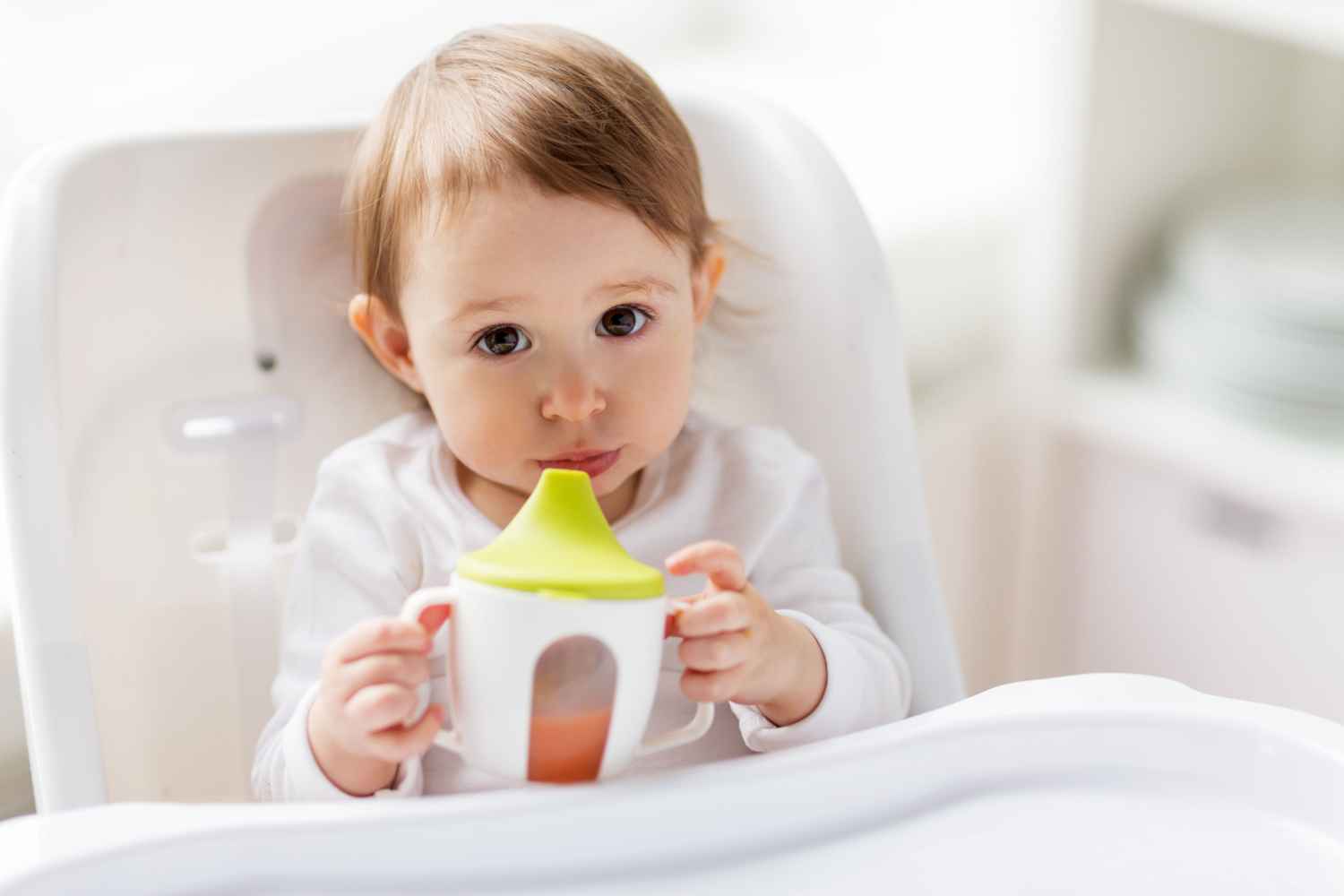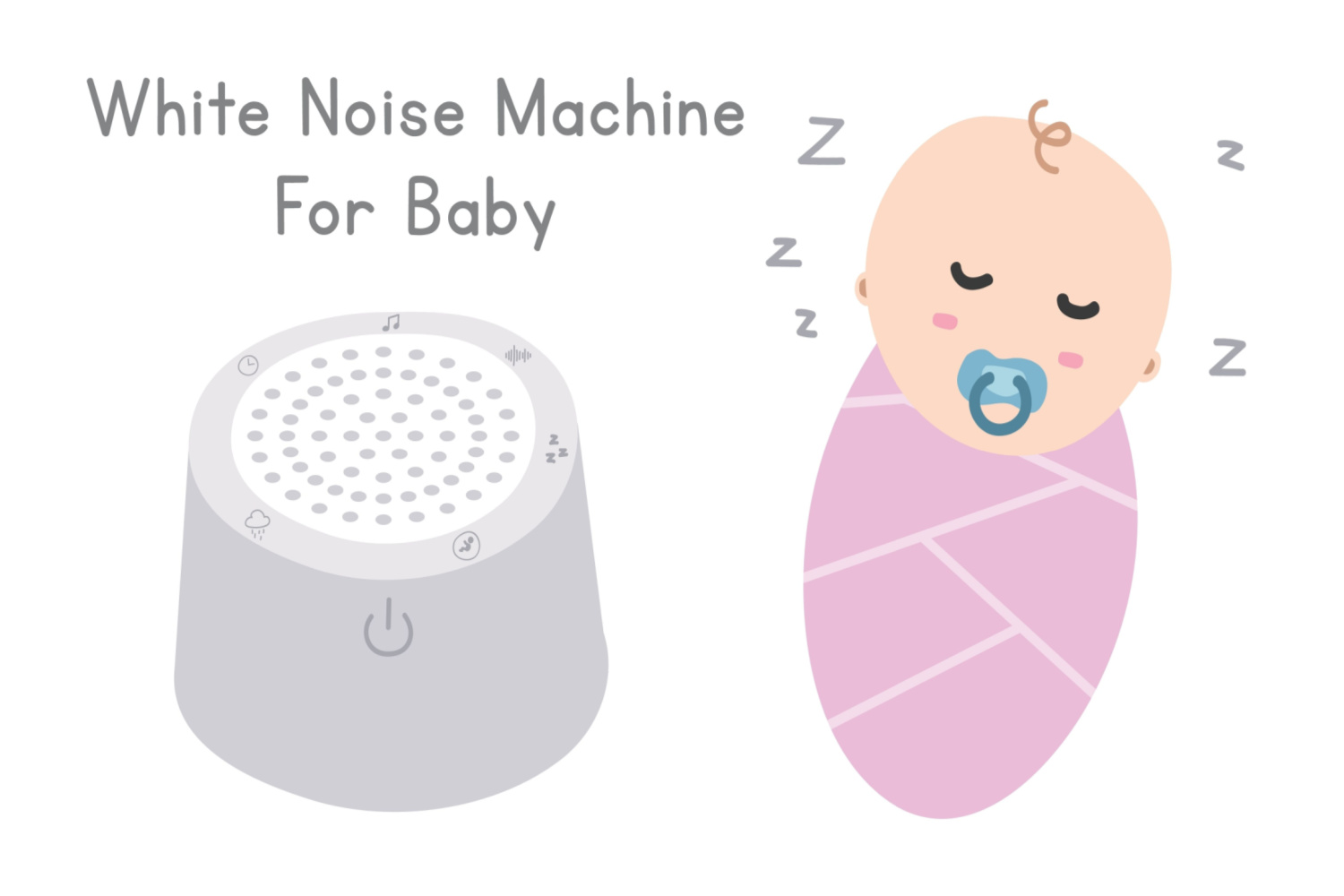
Vaginal Changes After Childbirth – Everything You Need to Know
6 min readWritten by Editorial Team


Vaginal changes after childbirth are pretty normal. During childbirth, the vagina handles many changes and even expands ten times its actual size. Some of the common vaginal changes that a woman can expect after delivery are pain during intercourse, perineal pain, vaginal dryness, bleeding, etc. Are these changes going to be ok?
Ideally, the vagina recovers within a few weeks or a couple of months after delivery. But to ensure safe vaginal recovery, women should have postpartum checkups and take extra care. Some women can experience vaginal changes even after C-section. Let’s read in detail to know about vaginal changes and recovery tips.
In This Article
- What Causes The Vagina to Stretch During Birth?
- How to Tighten The Vagina After Birth?
- How to Manage Vaginal Changes After Giving Birth?
- Vaginal Exercises to Help Get The Vagina Back to Its Original Size
- Besides Kegels What Else Can Help With Stretched Vagina?
What Causes The Vagina to Stretch During Birth?
The vagina is exceptionally elastic because of its accordion-like folds. These folds are specially designed to expand during childbirth. During childbirth, the body also prepares to release hormones like estrogen and relaxin that are helpful to expel the baby out of the vagina.
1. Estrogen
It increases the blood flow into the vaginal folds so connective tissues can expand properly. The estrogen helps to stretch during the birth of the child. It also helps to push the baby outside.
2. Relaxin
It helps to relax your body and lose the vaginal ligaments as well as pelvic joints area. It creates space and expands the vagina so that the baby can move easily from the vaginal canal.
The vaginal changes depend on several factors like delivery complications, baby growth, and the number of babies you have delivered. The vagina gets looser after the birth of the baby. As a result, pelvic floor muscles near the vagin stretched out. After the birth of the child, the vagina shrinks back to its pre-pregnancy stage. However, in some cases, you may need postpartum pregnancy treatment to regain the original elasticity of the vagina.
How to Tighten The Vagina After Birth?

The vagina usually regains pelvic floor tightness within six months. But it would be great to do vaginal exercises such as kegel to strengthen the pelvic floor muscles. The kegel helps to tone the muscles of the vagina. You can follow the technique of contraction and relaxation while urinating. If you stop the urine flow when tightening, you’re targeting the right muscles to contract. You can practice on alternative days.
Besides vaginal tightening, Kegel exercises are also helpful in preventing urinary incontinence. Once you become habitual to exercise, you can increase the Kegels number and hold the contraction for longer. You can also practice these exercises thrice times a day.
However, the pelvic floor may become weak in some women for many reasons. Constant spasming and overactive muscles can also result in the loosening of vaginal muscles. In that situation, women can perform relaxation exercises before they start the Kegel exercise. Lastly, talk to the healthcare professionals about the vaginal condition before starting exercises of any sort.
How to Manage Vaginal Changes After Giving Birth?

In addition to the vaginal expansion, there are a lot more changes a vagina experiences right after the child’s birth. Though the changes may disappear after some time if it’s prolonged, here are a few tips that help manage these vaginal changes.
1. Vaginal Dryness
Vaginal dryness is very common after delivery and usually happens due to low estrogen levels in the body. The women nursing their babies also experience low estrogen levels, which may lead to uncomfortable or painful sexual intercourse. Sometimes, it may cause light bleeding too.
Therefore, women can follow below tips to manage these changes:
- Avoid Personal Hygiene Sprays
- Consume estrogen supplements daily
- Use lubricant during sexual intercourse
- Stay hydrated
- Talk with healthcare experts about these changes
2. Stitches Pain And Muscle Soreness
Pain in the stitches and muscle soreness are very common after delivery. Some women often experience cramping, soreness in the perineum, joint pain, neck pain, back pain and sore breast. The signs and symptoms may improve within 6-12 weeks after birth.
The women who have undergone the episiotomy (when doctors make an incision on the perineum to widen the vaginal canal) may get stitches. This will heal within one month after the delivery. But to help with discomfort and pain, a woman can follow these tips:
- Always sit on padded rings
- Apply an ice pack to the affected area
- Take medicinal treatment such as ibuprofen after consulting the doctor
3. Vaginal Discharge
Vaginal discharge is normal after delivery. At first, it may appear dark red, but it becomes lighter in color after a few days. With passing time, the flow of the vaginal discharge decreases, and after some time, it stops permanently. Some women may experience heavy vaginal discharge after childbirth.
Heavy bleeding can be a sign of uterine atony and postpartum hemorrhage. In that situation, women must consult health care professionals for immediate help. You should avoid using tampons for at least 6 weeks. Despite this, you can use sanitary pads to prevent leakage.
4. Bleeding
Women experience heavy bleeding or lochia after the birth of the child. The bleeding contains white blood cells, mucus, blood, and tissues. Usually, the womb sheds the blood cells or a mixture of fluid from the uterus so that it can be replaced with a new lining. The lochia lasts only for 24 hours after the birth of babies. But in some rare cases, it can last for more than 12 weeks.
If you experience heavy bleeding after giving birth to the child, you may need immediate medical attention because it can be a sign of hemorrhage.
5. Scar Tissues
The vaginal canal is unable to expand enough to deliver a baby. In that situation, a perineum incision is made so that the baby can deliver easily. The itchy and excessive scar tissues may form near the incision area. So, women have to massage around the perineum during the last few weeks of pregnancy. It helps to reduce the chances of episiotomy. It would be great to consult with healthcare professionals.
Vaginal Exercises to Help Get The Vagina Back to Its Original Size

After the birth of a child, women should practice Kegel exercise to get their vagina back to its original size. In exercise, a woman has to engage her pelvic floor and tissues to maintain strength and keep it strong. In addition to this, you can also follow these things to recover the vagina’s original size.
1. Pelvic Floor Therapy
Pelvic floor therapy is the best practice to recover the vagina after delivery. This therapy is also helpful in decreasing postpartum conditions like urinary incontinence. However, be sure to do the therapy under the supervision of healthcare professionals only. If you have a weak pelvic floor, explain it to the doctor before proceeding with pelvic floor therapy.
2. Reparative Surgery
In some severe cases, doctors may suggest proceeding with reparative surgery. This will be microsurgery which can be performed by certified doctors only. It helps to support the uterus and bladder that may become loose after the delivery.
3. Neuromuscular Electrical Stimulation
NEMS refers to Neuromuscular electrical stimulation, which helps strengthen the muscles of the vagina. It sends an electric current through the pelvic floor with the help of the probe. The stimulation through electric impulse can cause pelvic floor muscles to contract and relax. Thereby helping in the tightening of the muscles.
Besides Kegels What Else Can Help With Stretched Vagina?
Some other exercises which can help to stretch the vaginal muscles are as follows:
a. Pelvic Tilt Exercise
This helps strengthen the muscles of the vagina. The exercise can be performed as follows:
Stand with butt and shoulder against the knee
Pull your belly buttons inward to the spine. Be sure to flatten your back
Tighten your belly button and repeat the exercise several times a day
b. Vaginal Cones
Vaginal cones are also helpful in strengthening the pelvic muscles. It’s a tampon-size weighted object you must put on your vagina and hold for a few minutes. To do the exercise, you need to follow these steps:
- Insert the vaginal cone into the vagina
- Squeeze your muscles and hold the cone for about 15 minutes. Perform this exercise twice a day.
- Increase vaginal cone weight as soon as you can successfully keep the vaginal cup.
Vaginal changes and expansion are common after the birth of a child. It usually returns to its original size after a few weeks and months. So, be sure to track your changes and get the right treatment or follow the above-mentioned tips to tighten your vagina. But sometimes, you may need to follow some vaginal tightening exercises and medicinal treatment.
FAQ’s
1. Does Vagina Change After A Cesarean Delivery?
Yes, the vagina changes after the cesarean delivery also. It may get swollen and wider, but it usually returns to its normal size after a few months.
2. How do I Tighten my Vagina After Natural Delivery?
Perform Kegel and pelvic floor contraction exercises to naturally tighten your vagina.
3. How to Avoid Dryness of the Vagina After Childbirth?
Vaginal dryness after delivery can be due to low estrogen. You can talk to your gynecologist who may prescribe ointments or supplements to help you deal with the condition.

Editorial Team,
With a rich experience in pregnancy and parenting, our team of experts create insightful, well-curated, and easy-to-read content for our to-be-parents and parents at all stages of parenting.Read more.
Responses (0)
Want curated content sharply tailored for your exact stage of parenting?
Related articles

Vegan Baby Formula – When to Introduce, Benefits and How to Choose

Bilirubin Levels in Newborns – Identification, Monitoring and Treatment

Green Parenting – 7 Ways To Raise An Eco Baby

Millets For Babies – When to Introduce Benefits & Precautions

Sippy Cups For Babies – When And How to Introduce, And Benefits

What to Look For While Buying a White Noise Machine For a Baby?
Sponsored content
Discover great local businesses around you for your kids.
Get regular updates, great recommendations and other right stuff at the right time.





